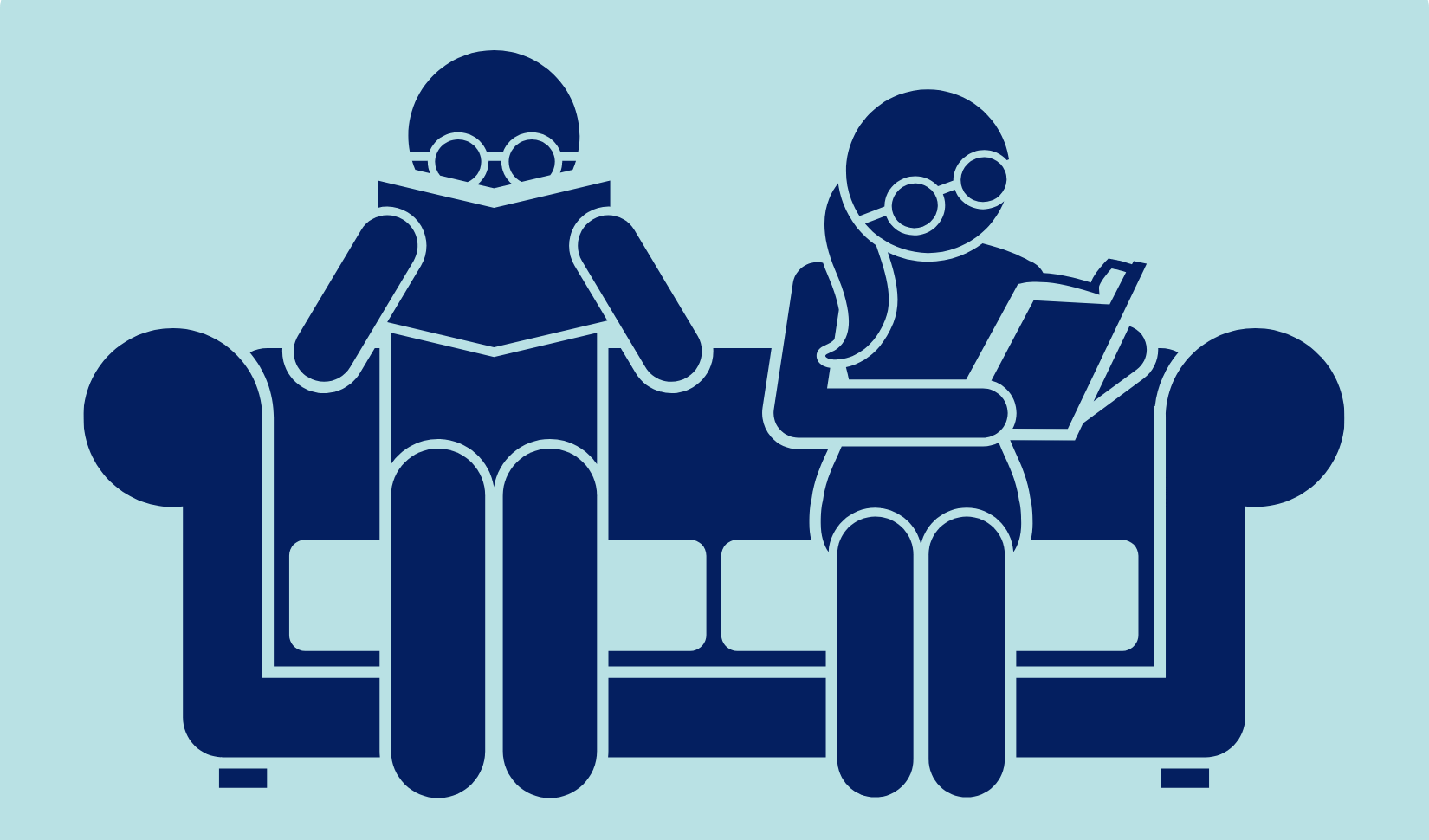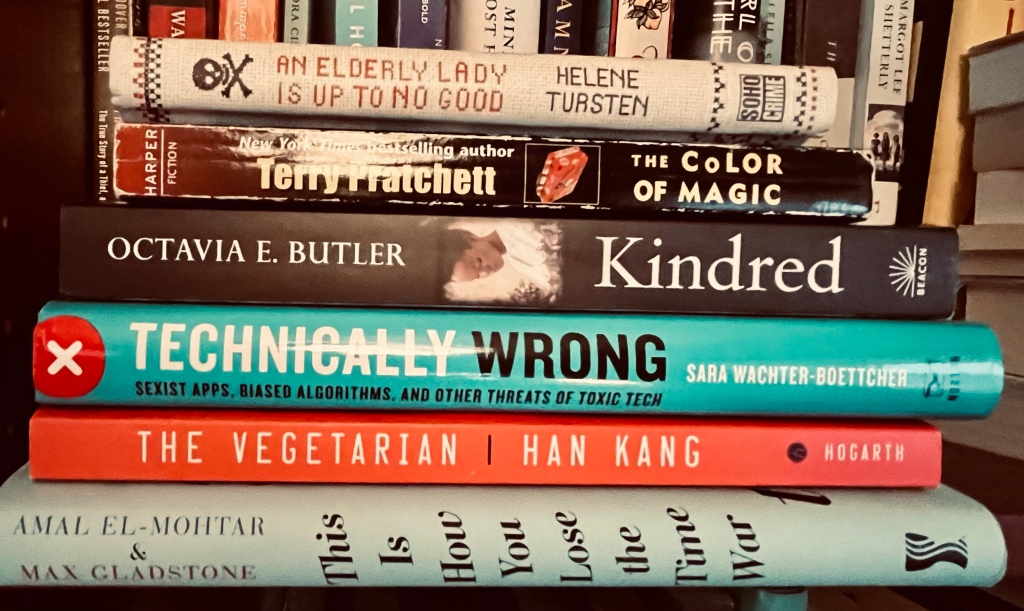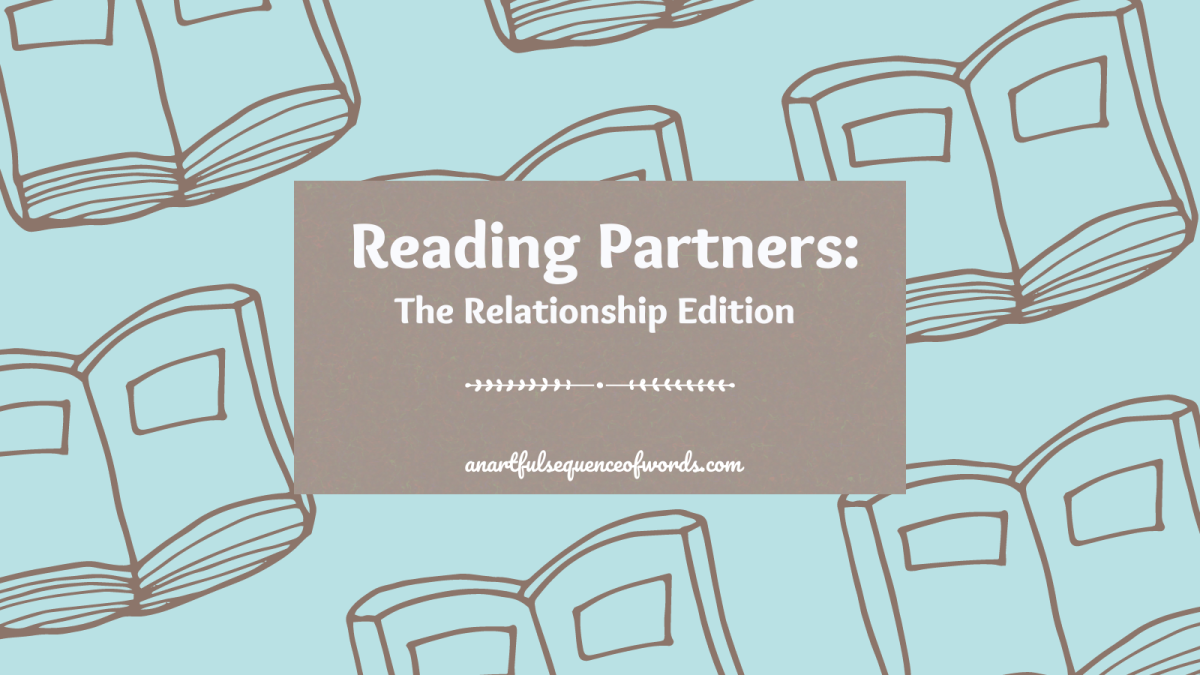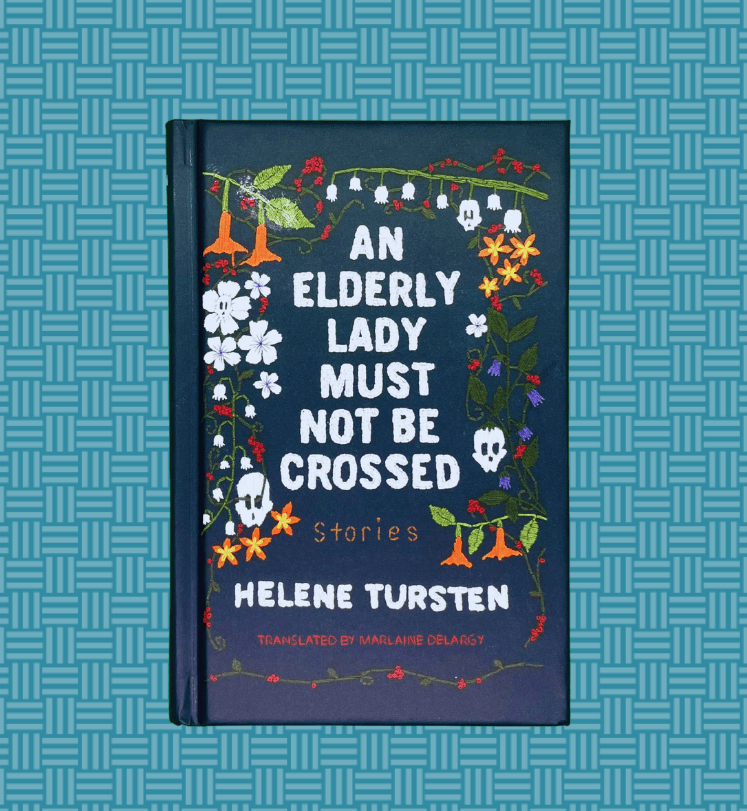When I’m ready to curl up on a comfy sofa with a good book, I rarely browse through my spouse’s books. Ignoring our professional tomes or old schoolbooks that survived the Konmari purge, there’s limited overlap between our bookcases. Our common ground appears to be Stephen King’s books[*] interspersed with fantasy or science fiction selections and a smattering of literary fiction. My spouse’s tastes center around the said genres and nonfiction, while I wander freely through many genres. We may read together in the same room, but we’re still reading miles apart.
But, as it happens, being on different pages when it comes to our reading preferences can be an advantage. Allow me to explain.

Unexpected Common Ground
As most bibliophiles know, there’s no greater pleasure than unexpectedly finding common reading interests with another person. Early in our relationship, my spouse and I discovered several books and authors we mutually liked, which led us to recommend books the other hadn’t yet read from our shared authors.
But even years later, we still surprise each other when we discover a reading connection that allows us to share new authors/titles with each other. When my husband recommended Good Omens co-authored by one of his favorite authors, Neil Gaiman, I knew I wanted to read it because I already was a fan of its other author, Terry Pratchett. I enjoyed it as much as he did, and we discussed it for ages afterwards. As a result, I ended up delving into a few other books by Gaiman (Coraline, The Ocean at the End of the Lane), while my spouse read Terry Pratchett’s The Colour of Magic.
The Book Finder
Some time ago, my husband purchased Helene Tursten’s short story collection, An Elderly Lady Is Up to No Good (translated by Marlaine Delargy). Initially intrigued by the cross-stitch cover and its premise, he purchased this book as he felt like it was one that I’d like (crime/detection fiction is a favorite of mine but not necessarily one of his). I loved it so much I’ve written about it here, as well as pretty much re-shelved it to my bookshelf.[†] But I wasn’t the only one who loved Maud. He’s also a huge fan, and both of us couldn’t wait to tell each other the next Maud collection would be released soon.[‡] Similarly, I’ve found several books that match his interest in science fiction (eg, Arthur C. Clarke winner Anne Charnock’s Dreams Before the Start of Time) or travel (eg, Raynor Winn’s The Salt Path) because I spend more time on book Twitter than he does.
In some ways, our situation is akin to having a personal book shopper who gets what you really want and isn’t afraid to suggest some more eclectic choices. Beyond this, I’ve discovered that our different interests and approaches to finding books often lead us to find authors and books for each other that we individually might not have discovered.
The Influencer
To be honest, I read more nonfiction now than I would have without my spouse’s intervention. Sometimes, his reading features how-to books, tomes on self-improvement, and deep dives into history. Over the years, he’s suggested a few books from these categories when he thought they might be mutually relevant so that we could read or listen[§] to them together (eg, Nuture Shock: New Thinking About Children by Po Bronson and Ashley Merryman when our kiddo was young as well as Marie Kondo’s The Life-Changing Magic of Tidying Up when we wanted to declutter).
But some books more related to his career caught his attention, and and my spouse later referred to them me as they touch upon my interests (eg, Sara Wachter-Boettcher’s Technically Wrong: Sexist Apps, Biased Algorithms, and Other Threats of Toxic Tech corresponds with interests in feminism and science). For my part, I’ve gently nudged him to read more detective fiction (eg, anything Agatha Christie) and literary fiction than he might have otherwise considered reading (eg, Kindred by Octavia Butler, which has elements of speculative fiction).
While having someone (again) introduce you to new book is fantastic, the larger victory is that we both found ourselves more willing (albeit selectively) to read from categories that we might not otherwise given a chance. In short, we’re both a bit more openminded when we peruse books, because we now know that there are great books even in categories that don’t spark joy for us.

The Seller
Ever read a book so good that you tell everyone you know about it? My spouse and I both are susceptible to this phenomenon. We’re both well aware that a particular book might not be something the other would standardly enjoy (or even close to it), but we recommend it because it’s that good. I know literary fiction (particularly the grimmer sort) isn’t something my spouse runs toward, but Han Kang’s The Vegetarian (trans. Deborah Smith) is a masterpiece. Similarly, my limited interest in science fiction hasn’t stopped him from insisting that I also read This Is How You Lose the Time War by Amal El-Mohtar and Max Gladstone. I can’t say that time traveling enemy agents is my thing, but I’ll give it a whirl because its epistolary format interests me. If nothing else, we’ll have plenty of opportunities to discuss why we didn’t like each other’s suggestions.
The Wrap Up: Reading Couple Goals
As two people who love reading and writing, we often do want to talk about the amazing books we’ve read—even if one of us will never read that book. But we’ve found that that our differences worked well to expand our individual reading horizons. While it’s great having a book buddy when it comes to chatting about favorite reads, being able to discuss any book with your reading partner is amazing.[**] And who better to do start that conversation with than your significant other?
Do you and your significant other read together or separately? Let me know in the comments section if you recommend books for each other.
NOTES:
[*] He’s his own genre by now, right?
[†] In the writing of this essay, I’ve discovered I’m something of a book thief. I promised to return…most of them.
[‡] We actually put it on our Goodreads to-read lists within 5 days of each other.
[§] As a rule, I rarely listen to audiobooks, as I read much faster than the book can be spoken. But it’s an ideal way to jointly go through a book, particularly if you’re stuck in a car for a few hours.
[**] Of course, you don’t need to be in a romantic relationship to form your own miniature book club or salon, but it is a bonus if you and your significant other can do so.







 For unhappy families, however, the potential for tension at the table is extensive. Agatha Christie, a master of the manor house mystery, frequently seats her characters at a formal dining table. Since her mystery novels often involve the murder of a wealthy benefactor to various family members (money and resentment making excellent motivations), mealtimes can be quite intense. The dinner table, being an obliging sort,
For unhappy families, however, the potential for tension at the table is extensive. Agatha Christie, a master of the manor house mystery, frequently seats her characters at a formal dining table. Since her mystery novels often involve the murder of a wealthy benefactor to various family members (money and resentment making excellent motivations), mealtimes can be quite intense. The dinner table, being an obliging sort,